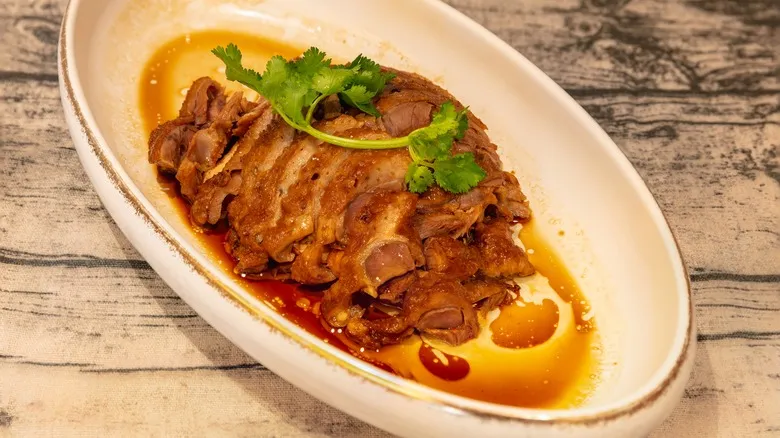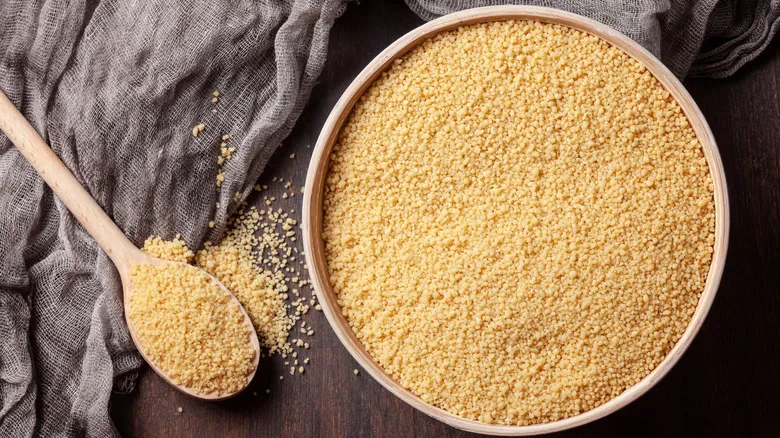Ideal meats for a brine soak

The ideal meats for brining are those that tend to dry out quickly, like chicken and turkey. For instance, brining fried chicken in pickle juice is an excellent way to enhance its flavor. Brine won't overshadow any additional flavors or spices you incorporate, and common seasonings for a chicken brine include basil, peppercorns, and garlic. Brining can be particularly helpful for reviving leftover poultry that has dried out and lost its flavor after a night or two in the fridge. A little brine and some reheating can make yesterday's chicken taste fresh again.
You’re not limited to poultry; salmon dishes, such as lox, also famously utilize brine solutions. Just be cautious with salt levels, as high concentrations can lead to different chemical reactions. Aim for ¾ cup of salt per gallon of water, or three tablespoons of salt per quart of water. If you're monitoring your sodium intake, remember that the meat can absorb a significant amount of salt—up to 10% of its weight in brine.
Brining, marinating, and curing

In comparison to brining, the method of curing meat is somewhat similar but generally much drier. Brining is often referred to as a "wet cure," whereas curing is sometimes called "dry brining." Curing primarily involves the use of salt without any added moisture. While it may not be as effective for enhancing flavor, it is a superior option for prolonging the shelf life of meat: reduced moisture creates fewer chances for bacteria to thrive and spoil the food. Salt effectively extracts moisture that bacteria would require, resulting in drier meat (brining includes salt, but also adds extra moisture).
A more fitting comparison would be between brining and marinating, which utilizes acids to tenderize meat rather than salt. Marinating is excellent for infusing flavor, but it’s unnecessary for large, juicy steaks. It’s more beneficial for tenderizing thinner, tougher cuts, as a salty brine can penetrate deeper into the meat than acid. For thousands of years, we have been soaking our foods in brine because it is effective.
Recommended

Why Couscous Doesn't Actually Count As A Grain

3 Misconceptions You Shouldn't Believe About The Labels On Your Bread

Here's The Safest Way To Dispose Of Recalled Foods

Here's How Long Ground Beef Is Safe In Your Fridge, Raw Or Cooked
Next up

